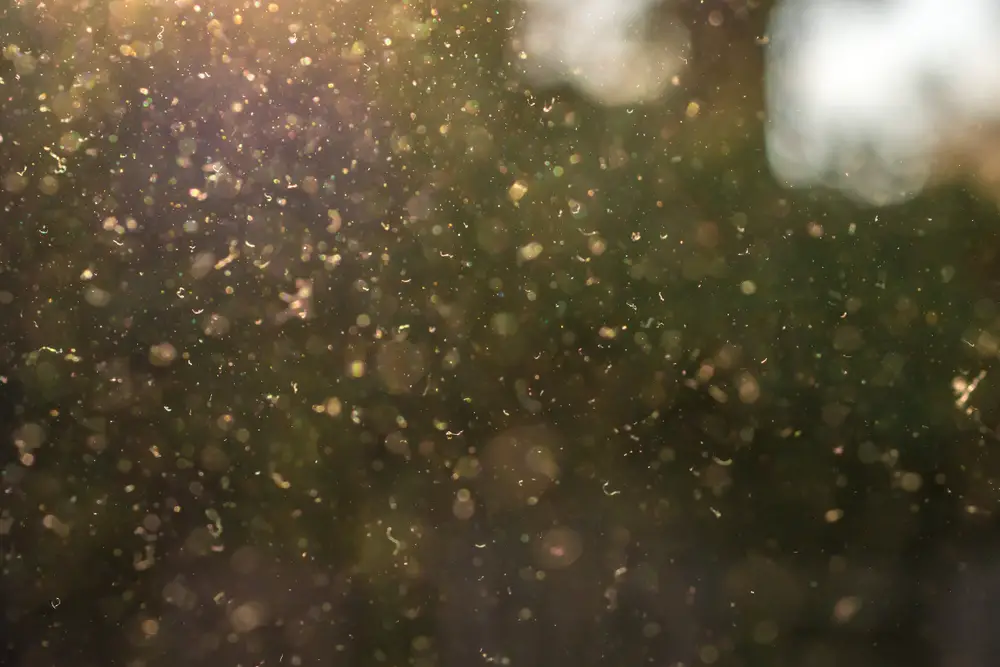Many of us only consider pollen when we sneeze (me included!). However, pollen is an integral part of plant reproduction and an essential part of our lives. Here’s why pollen is so important.
Pollen is important for the following reasons:
- Fertilizing our crops
- Fertilizing wildflowers (which feed insects and animals and provide us with medicine ingredients)
- Helping us understand climate change and how to fix it
- Helping us improve plants and plant breeding
- Providing food for bees
What Is Pollen?
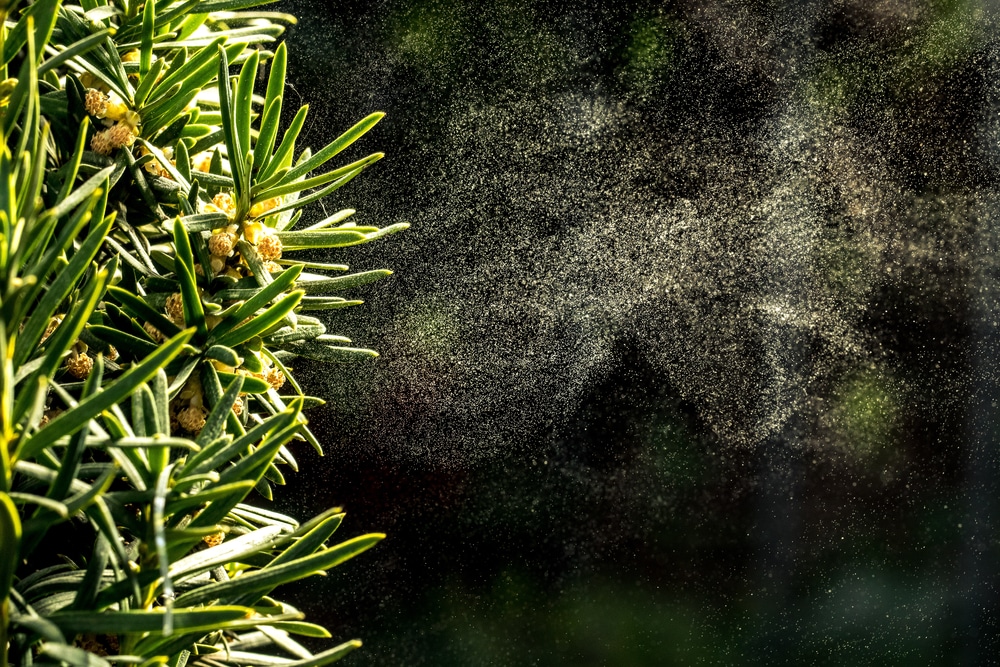
Pollen is a powdery, yellow substance a plant with flowers uses for reproduction. Pollen alone isn’t enough, though. These plants require the help of pollinators to transfer pollen in a process called pollination.
Do All Plants Produce Pollen?
Most plants produce pollen, but not all. Some produce seeds instead.
What Is Pollination?
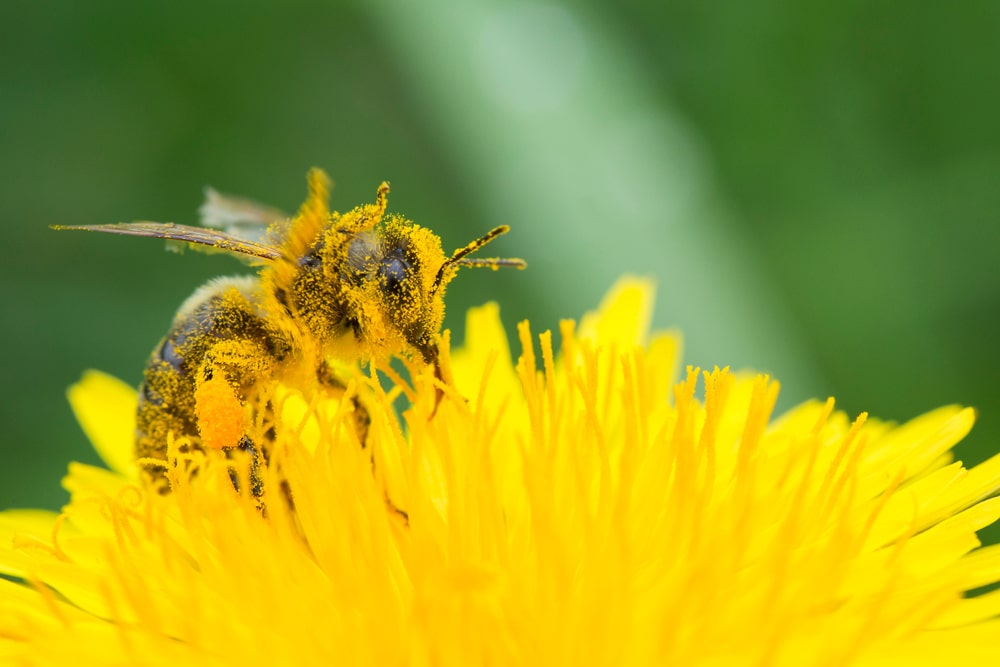
Pollination begins with the flower’s male parts, the stamens, which produce pollen. Pollinators (animals, insects, rain, or wind) accidentally brush up against or dislodge the pollen and transfer it to the flowers of another plant. When the pollen reaches the female parts of those flowers, the stigmas, that plant reproduces by producing fruit.
This process is called cross-pollination (pollination between different plants) instead of self-pollination (described below).
How Pollinators Help With Pollination
Insects eat nectar and sometimes pollen. So, pollen sticks to their bodies as they interact with the plant’s flowers. When they visit the flower of another plant, they inadvertently transfer the pollen to the stigma, allowing the plant to reproduce.
Creatures like bees, moths, bats, and birds take pollen from one flower to another as they interact with those plants or move by them.
Wind and water carry pollen between plants as well. For example, when it rains, the water will wash pollen from flower to flower. However, wind and water aren’t as successful as insect and animal pollination.
What Is Self-Pollination?
Self-pollination occurs when a plant transfers pollen between its stamen and stigma.
However, 75% of all flowering plants rely on pollinators for pollination.
Why Is Pollen Important (And Why You Should Care)?
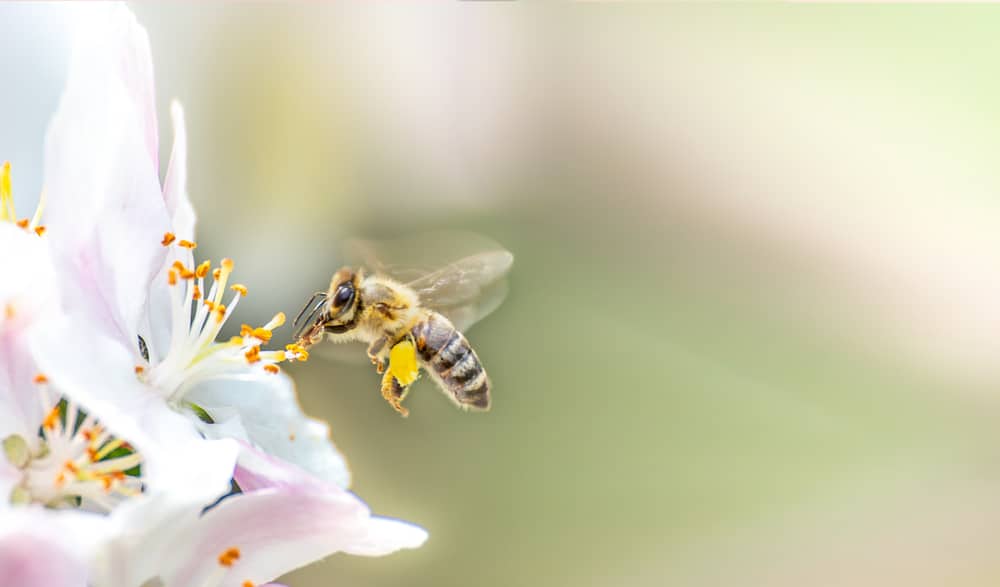
It’s easy to take nature for granted, including pollen and pollination. However, pollen is important for many reasons. These include our crops, wildflowers, pollinators, and more.
Let’s start with our crops.
It Fertilizes Our Crops

Humans have been growing crops for food for as long as we’ve been able to. However, those crops need pollen to reproduce. This relationship is so critical many farmers will hire beekeepers to place hives around their land so the bees can pollinate their crops.
Here’s a list of some crops requiring pollen:
- Watermelons
- Mustard seed
- Strawberries
- Blueberries
- Almonds
- Avocados
- Cocoa beans
In 2009, a study estimated crop reduction between 3%-8% without pollinators. While this seems small, any amount of crop reduction strains our food availability and increases prices for scarce products.
While artificial pollination is possible, it’s currently time-consuming, expensive, and less effective than natural pollination.
It Fertilizes Wildflowers
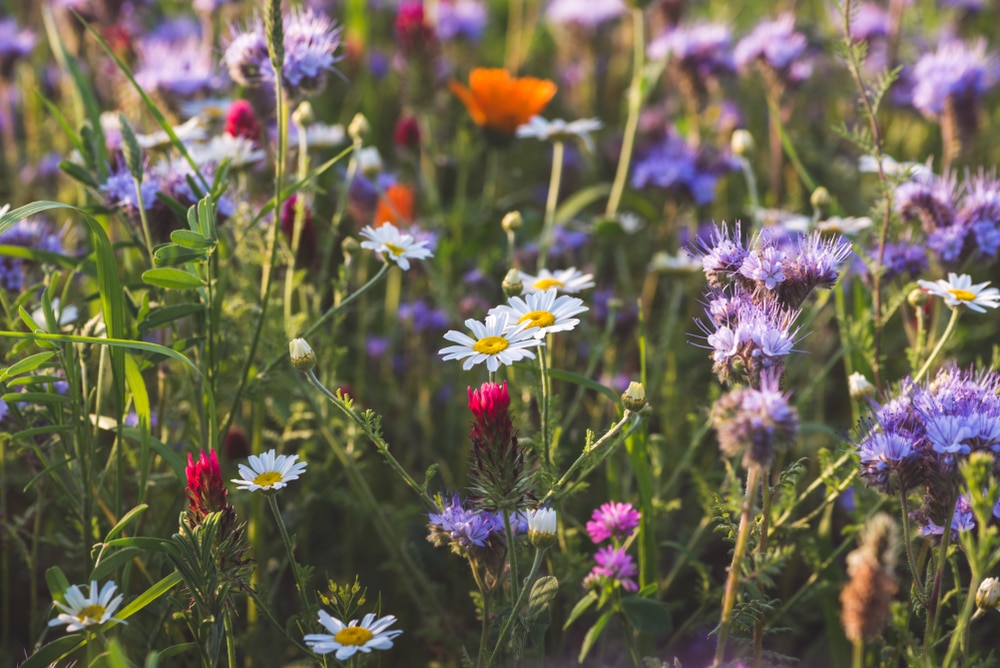
Wildflowers are flowers that grow without any influence from humans. You see them all the time when you take a drive or go on a hike.
Although many wildflowers are beautiful (and one of my favorite aspects of nature), they provide a necessary food source, nectar, for pollinators such as butterflies, bees, and hummingbirds. Other animals feed on flowers, too, such as rabbits, deer, and snails.
All these animals would suffer without wildflowers (or flowers in general). As a result, the animals and processes depending on them would suffer too, humans included.
The loss of wildflowers would hurt humans in another way too. That’s because we use their natural ingredients in medicine. For example, the foxglove contains something called digitalin, which we use for its ability to treat heart disease.
Pollen Helps Us Understand Climate Change And How To Fix It
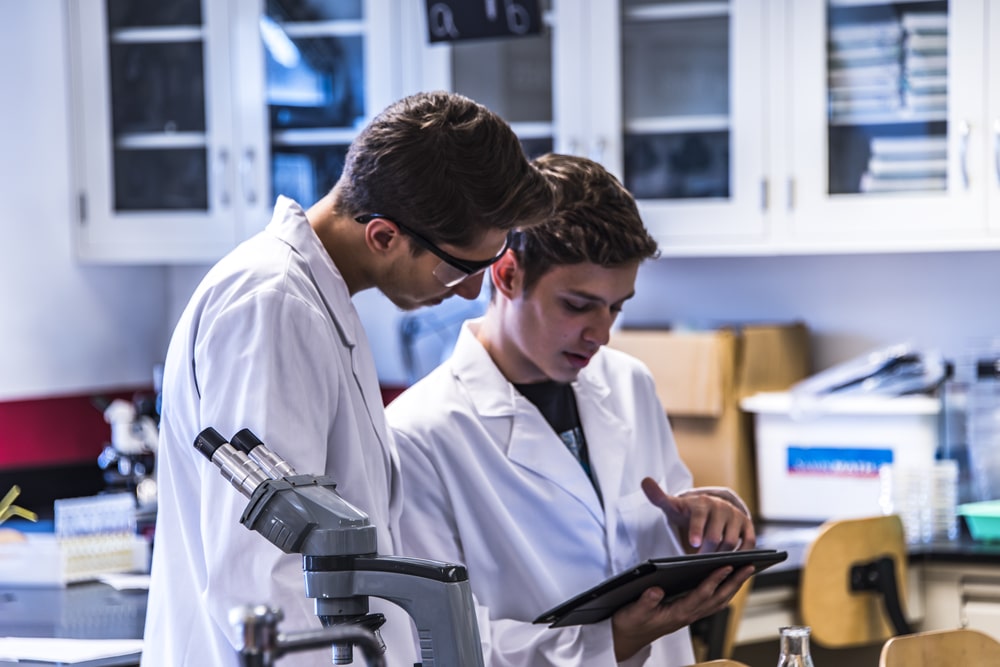
Scientists often use pollen grains to look at plant trends over the course of thousands of years. You may wonder why this matters. It all comes down to climate change.
Plants are having a hard time because of climate change. They have to fight to grow in conditions that are not optimal. Because of this, plant species are becoming less resilient. This affects the rest of the ecosystem.
On top of this, more extended drought periods mean that plants are less productive, impacting the entire ecosystem. If plants are not thriving, this affects the insects and animals that feed off them, and the ripple effect is felt right through the food chain.
If that wasn’t enough, more invasive pests survive the winter and reproduce in more significant numbers because of the warmer weather. These pests then make plants incredibly vulnerable.
So, climate change is a massive deal, and countries worldwide are looking at how to reverse its effects.
One of the ways we can do this is by looking at how plants have changed (with the help of pollen) and whether human activity is to blame for certain aspects of global warming.
Pollen Helps Us Improve Plants
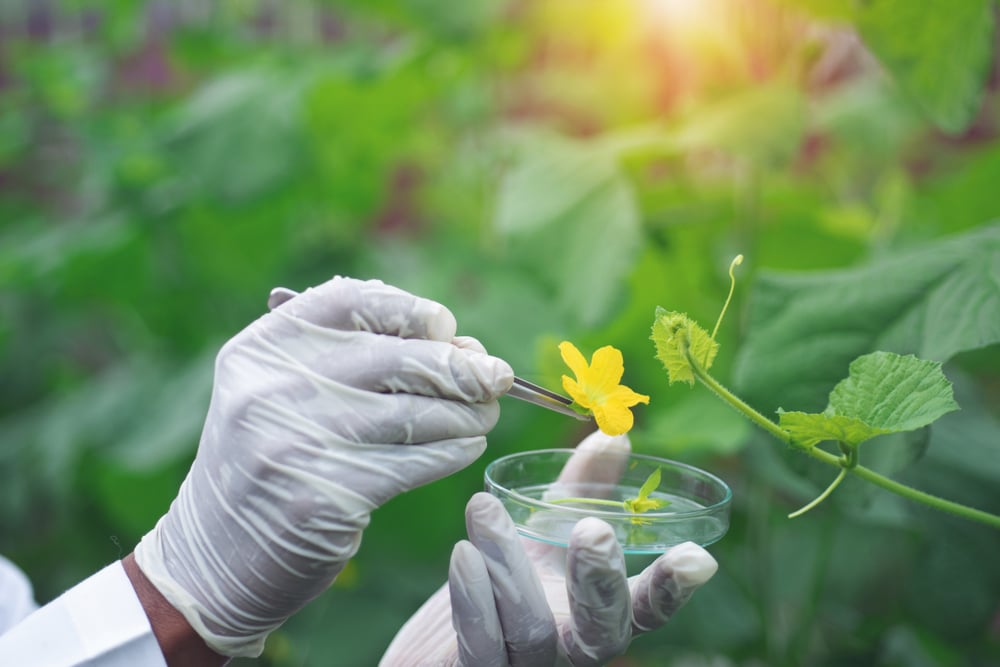
The study of pollen can also helps us understand whether crops we’re genetically modifying can breed with unmodified plants.
We use various plant breeding systems, such as backcrossing. A plant with a beneficial trait, such as resistance to pests, is bred with a plant that does not have this trait but has many other desirable traits. The new plant is then crossed back with its parent (or genetically similar plant) to produce even more resistant plants. Humans can benefit from this in terms of yield as fewer plants are affected by pests.
Pollen also helps us figure out whether we can perform plant hybridization. Plant hybridization is where plant breeders cross two different genetically different plants. The result is a hybrid (often called a polyploid in the science world) that is more beautiful, produces more fruit, resists pests more, or anything else that may be advantageous.
Bees Need Pollen
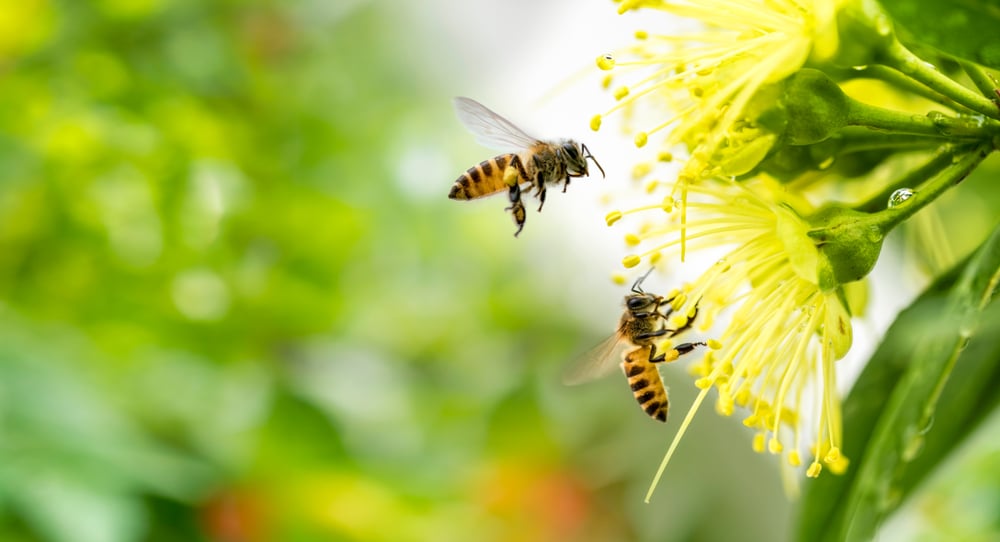
I’m fascinated by bees and spend a lot of time observing them; I’m even considering getting my very own hive!
It’s something that started to grab my attention a couple of years ago after doing some research on the importance of bees. Once I realized they were an essential part of our ecosystems and how intelligent these creatures are, I just had to learn more.
One thing I’ve noticed is how much bees use pollen. Many people believe they only gather nectar and not pollen.
But this simply isn’t true. Bees will carry pollen back to the hive and use it to feed their young, along with other substances like royal jelly, honey, and bee bread, made from a combination of pollen, honey, and bee saliva!
A World Without Pollen
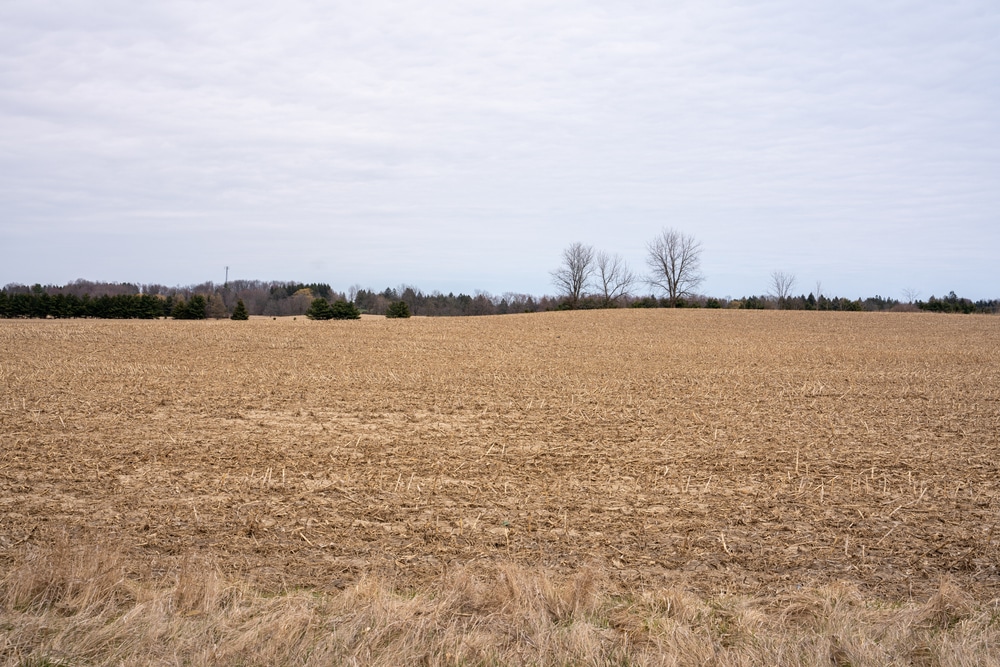
It’s hard to think of a world without pollen because it would be drastically different. One of the first things you would notice is a massive decrease in available foods.
I’m not just talking about fruits, vegetables, nuts, and seeds, although these would decrease (as mentioned above). Meat availability and other animal products would also drop because livestock would not have as much food.
As a direct result of this, the economy would take a hit. There would be fewer farming jobs, and since pollination is responsible for up to a whopping 7 USD of revenue every year, we’d all notice a difference.
Earlier, I talked about the impact of losing our native wildflowers. Without pollen or pollination, individual flowers would grow old and die without producing seeds. If this were to happen on a colossal scale, species would eventually begin to die out completely.
What You Can Do To Increase Pollen And Pollination

Many pollinator species, such as bees, are at risk because of factors like habitat loss and fragmentation (a division of habitat due to things like building and agriculture), climate change, and pesticide use. But by taking even one of the below steps, you can help turn these losses and their effects around.
Let’s start with getting rid of chemicals.
Get Rid Of Chemicals
The first is cutting out chemicals like pesticides when caring for your garden and lawn. Doing this creates a safer environment for pollinators (and you), which increases pollination.
Create A Pollinator-Friendly Garden (I Did!)
Another step you can take is creating a pollinator-friendly garden, which I have recently implemented in my yard. Allowing a portion of the lawn to grow wild, planting native flowering plants, and providing a water source are all excellent ways to encourage and support pollinators.
Due to creating a pollinator-friendly garden, I’ve noticed a massive increase in pollinators visiting my garden. Before I’d rarely see butterflies, for example, but now, they’re a regular sight in my backyard. Moreover, I’ve gotten real satisfaction by observing various bee species as I sit in the sunshine.
Raise Awareness
You can also raise awareness for these issues through social media, talking with friends, and getting involved with local or national groups.
Stay Aware When You’re Out
While hiking, traveling, or just taking in nature, remember why pollen (and pollinators) is essential. Even being careful not to step on or disturb flowers can help.
Final Thoughts On Why Pollen Is Important
Unfortunately, we have made it difficult for pollinators to do their jobs. But we can also reverse these effects by taking more responsibility and proper steps. Even doing just one thing you weren’t doing before will profoundly affect our world.

